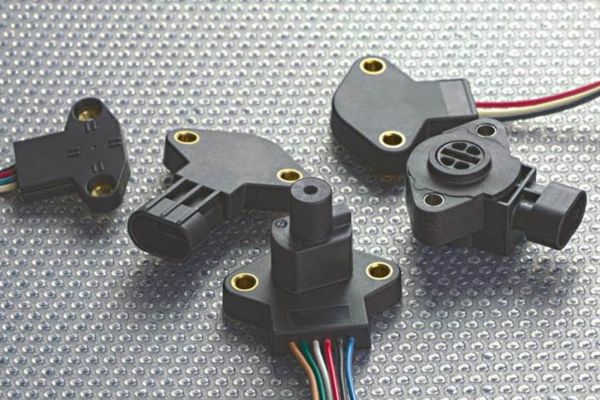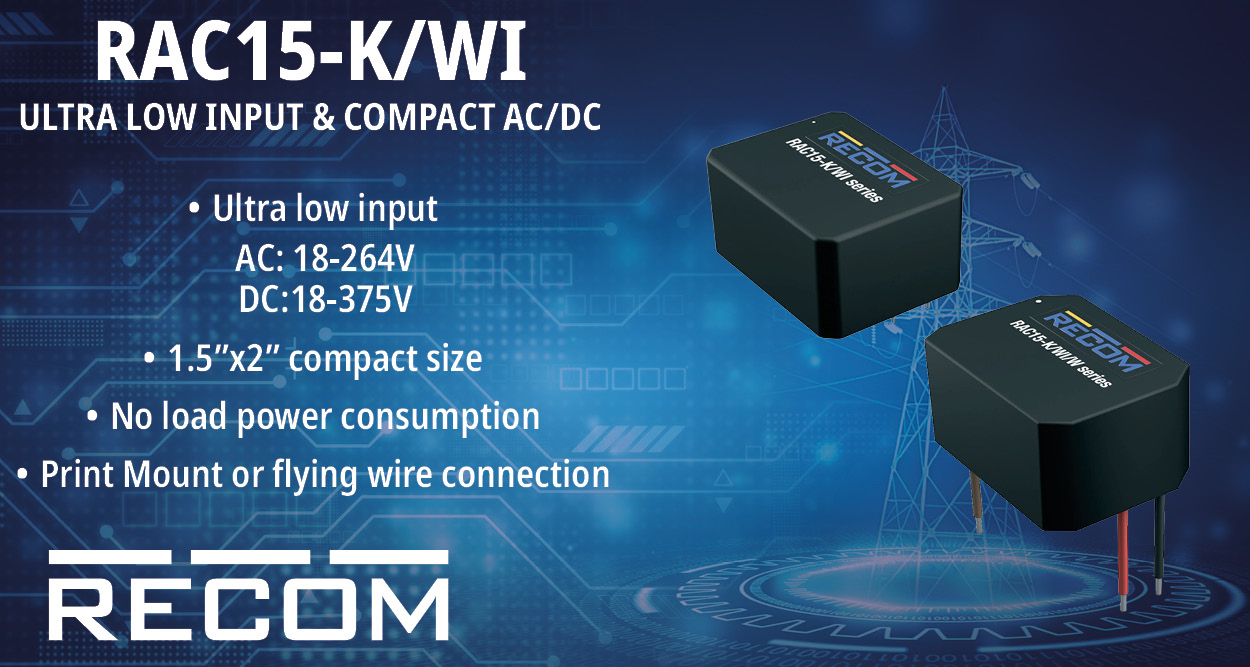The global position sensor market is experiencing rapid growth, driven by increasing demand for precision measurement in industrial automation, automotive applications, and consumer electronics. Position sensors play a crucial role in detecting the movement, displacement, and orientation of objects, making them indispensable in modern industries. As technology evolves, innovations in sensor accuracy, miniaturization, and integration with IoT and AI are shaping the future of this market.
The position sensors market was valued at US$ 5,432.1 Mn in 2022 and is projected to reach US$ 15,628.6 Mn by 2033, growing at a CAGR of 10.2% from 2023 to 2033. The market is estimated at US$ 5,899.3 Mn in 2023.
A position sensor is an electronic device used to measure displacement, distance, location, or length for automation, monitoring, and evaluation. It tracks movement from an initial point and is widely used in automotive, aerospace, manufacturing, and healthcare industries.
The position sensor market is poised for significant expansion in the coming years, with factors such as automation, robotics, and advancements in semiconductor technology fueling demand. This article delves into the key advancements, opportunities, and emerging trends defining the market landscape.
Market Advancements Driving Growth
1. Integration of IoT and AI in Position Sensors
The adoption of Internet of Things (IoT) and Artificial Intelligence (AI) is revolutionizing the functionality of position sensors. These technologies enable real-time data collection, predictive maintenance, and enhanced accuracy. AI-powered sensors can analyze large datasets, allowing industries to improve operational efficiency and reduce downtime.
2. Miniaturization and Higher Precision Sensors
With the growing need for compact and lightweight devices, manufacturers are focusing on miniaturization without compromising accuracy. Advanced materials and MEMS (Micro-Electro-Mechanical Systems) technology have made it possible to develop highly precise and small-sized position sensors suitable for applications in medical devices, consumer electronics, and industrial automation.
3. Expansion of Wireless and Contactless Sensing
Traditional wired position sensors are gradually being replaced by wireless and contactless solutions that offer improved reliability and reduced maintenance costs. Technologies such as inductive, capacitive, and magneto-resistive sensing are gaining traction due to their ability to provide accurate measurements without physical contact, reducing wear and tear.
Key Opportunities in the Position Sensor Market
1. Growth in Autonomous Vehicles and ADAS
The rapid adoption of autonomous vehicles and Advanced Driver Assistance Systems (ADAS) is driving demand for highly accurate position sensors. These sensors help in monitoring vehicle positioning, lane departure detection, and collision avoidance. The increasing investment in self-driving technology presents a lucrative opportunity for market players.
2. Rising Demand in Industrial Automation
Industries are rapidly adopting automation and smart manufacturing, increasing the demand for position sensors in robotics, assembly lines, and material handling equipment. The transition toward Industry 4.0 is further accelerating the need for advanced sensor technology to enhance precision and efficiency in automated processes.
3. Expanding Applications in Healthcare
In the medical sector, position sensors are used in robotic-assisted surgeries, patient monitoring devices, and wearable health technology. The demand for non-invasive and high-precision sensors is rising as healthcare technologies become more sophisticated. This segment offers a significant growth opportunity for manufacturers focusing on medical applications.
4. Aerospace and Defense Innovations
The aerospace and defense industry relies heavily on position sensors for navigation, flight control, and surveillance systems studied by Persistence Market Research. With increasing investments in next-generation aircraft and defense technologies, the demand for advanced position sensors is expected to surge.
Emerging Market Trends
1. Shift towards Optical and LIDAR-Based Position Sensors
Optical and LIDAR (Light Detection and Ranging) sensors are gaining popularity due to their ability to provide precise 3D mapping and positioning. These sensors are widely used in autonomous vehicles, drones, and industrial inspection systems, offering enhanced accuracy compared to traditional sensors.
2. Increasing Adoption of Multi-Sensor Fusion Technology
To improve accuracy and reliability, industries are leveraging multi-sensor fusion, which integrates multiple types of position sensors such as optical, magnetic, and inertial sensors. This approach enhances measurement accuracy and ensures robustness in challenging environments.
3. Sustainability and Energy-Efficient Sensors
Manufacturers are increasingly focusing on developing energy-efficient and eco-friendly sensors that consume less power and have a lower environmental impact. The trend aligns with the growing emphasis on sustainable technology solutions across industries.
Market Challenges to Consider
Despite the strong growth trajectory, the position sensor market faces certain challenges:
- High Cost of Advanced Sensors – The development of high-precision position sensors requires significant R&D investment, making them expensive for some applications.
- Technical Limitations in Harsh Environments – Position sensors may face performance issues in extreme temperatures, electromagnetic interference, or high-vibration conditions.
- Competition and Standardization Issues – The market is highly competitive, with multiple players offering similar products. Standardization across industries remains a key challenge for interoperability.
Conclusion
The position sensor market is witnessing dynamic transformations driven by technological advancements, increasing demand in key industries, and emerging applications in autonomous vehicles, healthcare, and industrial automation. Innovations such as AI-driven analytics, wireless sensing, and LIDAR technology are propelling the market forward.

















